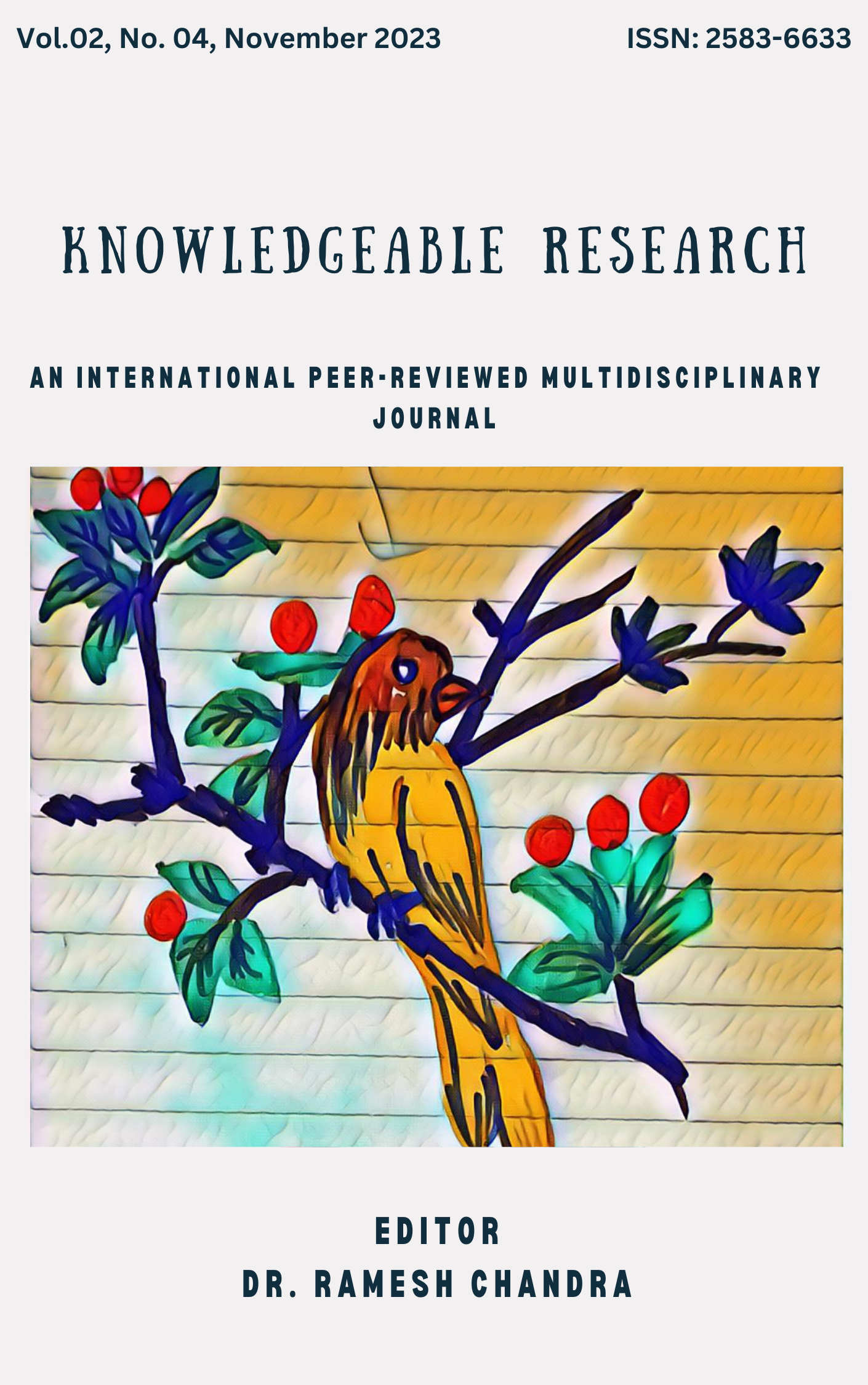Nanomaterials for Environmental Remediation: Mechanisms and Efficiency
Main Article Content
Abstract
Nanomaterials have emerged as promising tools for environmental remediation due to their unique physicochemical properties, such as high surface area, enhanced reactivity, and tunable functionalities. This paper reviews the mechanisms through which nanomaterials address environmental pollutants and assesses their efficiency across various remediation processes. The study focuses on metal oxide nanoparticles, carbon-based nanomaterials, and polymeric nanomaterials. Results demonstrate that nanomaterials can significantly enhance the removal of heavy metals, organic pollutants, and pathogens from contaminated water and soil. Mechanistic insights into adsorption, redox reactions, photocatalysis, and antimicrobial actions are explored, along with a discussion on the challenges of scalability and potential environmental risks.
Downloads
Article Details
Section

This work is licensed under a Creative Commons Attribution-NonCommercial-NoDerivatives 4.0 International License.

